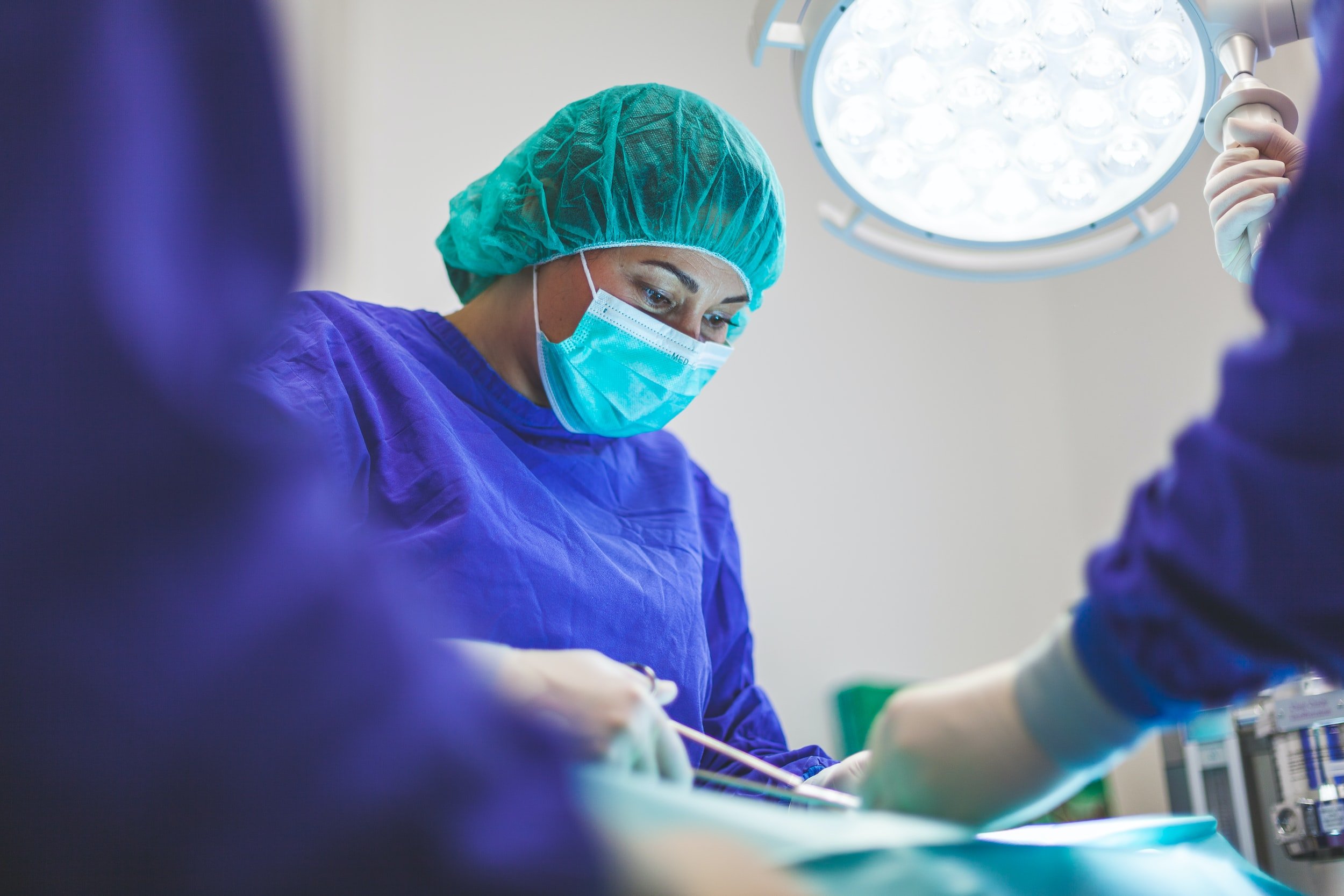Patient Information for Partial Nail Avulsion Procedure
What is a partial nail avulsion procedure?
A partial nail avulsion with sodium hydroxide or phenol is a straight forward non-invasive procedure performed by podiatrists to manage an ingrown toenail. The affected toe will be injected with local anesthesia to achieve a numb area and then prepped with a povidone-iodine solution. A tourniquet placed at the base of your toe will be used for the shortest time possible to maintain a dry operative field. Sterile instruments are used to remove the offending portion of nail. Once the nail is removed, an acidic chemical called sodium hydroxide is applied sparingly to the nail matrix. As the skin around the nail is not cut, no stitches are required. The toe is then dressed with a wound-healing dressing. This procedure has been shown to have a high rate of efficacy and a low recurrence rate.
What are the indications for ingrown toenail surgery?
Nail surgery procedures are suitable for any patient who, following a complete podiatric assessment, presents with an acute or chronic nail condition, which cannot reasonably be managed conservatively.
What are the contraindications for ingrown toenail surgery?
As this procedure involves the use of local anesthesia, the presence of any existing systemic diseases (such as cardiovascular disease, asthma, diabetes), medication, and allergies that may have adverse interactions with local anesthetic agents must be declared by the patient (you) at the time of the preoperative consultation so that you can be evaluated as either suitable or not suitable for the partial nail avulsion procedure.
Further, patients who are pregnant or breastfeeding are recommended to defer nail surgery until they have given birth or finished breastfeeding.
What paperwork needs to be submitted before the ingrown toenail procedure?
Valid consent must be given in writing prior to any procedure or intervention undertaken in Bondi Podiatry clinic.
What are the complications which can occur from ingrown toenail surgery?
The following will be explained to you during the pre and operative consultation process.
Common complications of the procedure can include:
Regrowth of the nail spicule
Delayed healing
Sodium Hydroxide burns
Infection
Bleeding
Rare complications include:
Adverse reactions to the local anesthetic
Complete lifting of the nail
What can be expected after an ingrown toenail surgery? What post-op care needs to be taken after the partial nail avulsion procedure?
Due to local anesthetic, you should not drive a motor vehicle until full sensation has returned to your foot.
When the anesthetic wears off, you may experience some pain and/or discomfort - this is normal.
If you experience pain or discomfort for temporary relief Paracetamol (Panadol) is recommended in accordance with the directions on the label. Do not exceed the maximum dose in 24 hours, for Panadol this equates to a maximum of 8 tablets in 24 hours.
You are to avoid taking Aspirin for pain relief, as this is a blood thinner and may induce bleeding at your wound site.
Post-op pain is frequently associated with resumption of high activity tasks. You are recommended to keep off your feet as much as possible for the remainder of the day with a gradual resumption to normal activity.
Keep your toe and dressing dry and intact until your first scheduled post-operative appointment. This will be approximately 2-4 days following. This appointment will be made at discharge. If your dressing becomes wet, there is a greater chance for infection at the wound site.
It can take a number of weeks for your toe to appear normal. As the wound heals, the skin will naturally close up towards the site of the nail and in time, there will be no sign you have had any procedure performed. You are reminded that the procedure will permanently narrow the nail.
If you are concerned about any of the above following your procedure, please contact us immediately. If we are unavailable you should contact your doctor.
We treat feet from all over Sydney, particularly the Eastern Suburbs. As podiatrists in Bondi Junction, we are happy to treat anyone that comes to our Sydney clinic. Our local area includes Bondi Junction, Bondi, Bondi Beach, North Bondi, Rose Bay, Tamarama, Coogee, Randwick, Bellevue Hill, Dover Heights, Vaucluse, and Edgecliff.

